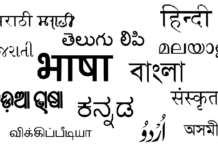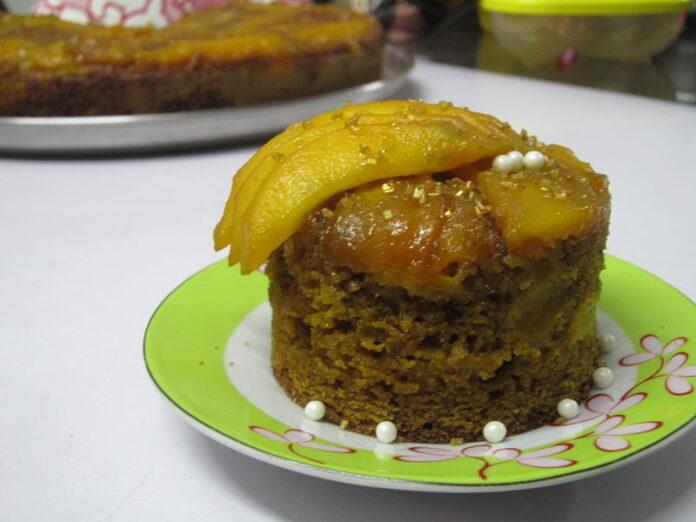A comprehensive group standard for 15 types of millets specifying eight quality parameters has been framed to ensure the availability of good quality millets in domestic & global markets.
The Food Safety and Standards Authority of India has specified a comprehensive group standard for millets vide Food Safety and Standards (Food Products Standards and Food Additives) Second Amendment Regulations, 2023 notified in the Gazette of India and the same will be enforced w.e.f. 1st September 2023.
Millets are highly nutritious cereals suitable for people of all ages including young children and elderly and ideal as daily food because of much better health benefits compared to wheat and rice. Millets are effective in reducing blood pressure and prevent heart diseases by decreasing triglycerides and C-reactive proteins. They are low in Glycaemic Index (GI) hence effectively prevent type 2 diabetes. Millets are also gluten-free which makes it safe for eating in case of gluten sensitivity. Easy to digest and rich in dietary fibre, millets reduce risk of gastric ulcer and colon cancer and eliminate problems like constipation, excess gas and bloating. Rich in proteins and micronutrients, including calcium, iron, phosphorus etc., millets should become part of daily food for people of modern days (Guidance Note (Millets – the Nutri-cereals).
United Nations (UN) General Assembly at its 75th session in March 2021 declared 2023 as the International Year of Millets (IYOM 2023) to enhance awareness and promote production & consumption of millets.
Currently, individual standards for only a few millets like Sorghum (Jowar), Whole and decorticated Pearl Millet grain (Bajra), Finger Millet (Ragi) and Amaranth are prescribed. FSSAI has now framed a comprehensive group standard for 15 types of millets specifying eight quality parameters i.e., maximum limits for moisture content, uric acid content, extraneous matter, other edible grains, defects, weevilled grains, and immature and shrivelled grains, so as to ensure availability of good quality (standardized) millets in domestic and global markets. The group standard is applicable to Amaranthus (Chaulai or Rajgira), Barnyard Millet (Samakechawal or Sanwa or Jhangora), Brown top (Korale), Buckwheat (Kuttu), Crab finger (Sikiya), Finger Millet (Ragi or Mandua), Fonio (Acha), Foxtail Millet (Kangni or Kakun), Job’s tears (Adlay), Kodo Millet (Kodo), Little Millet (Kutki), Pearl Millet (Bajra), Proso Millet (Cheena), Sorghum (Jowar) and Teff (Lovegrass).
***
Millet Recipes
Indian Institute of Millet Research (IIMR) has prepared documents on millet recipes in many languages. Click below to see
- Millet Recipes 2021
- MILLET RECIPES– A Healthy Choice (in English)
- Hindi Millet Recipe Book
- Telugu Millet Recipe Book
- Kannada Millet Recipe Book
- Japanese Millet Recipe Book
***
***

























